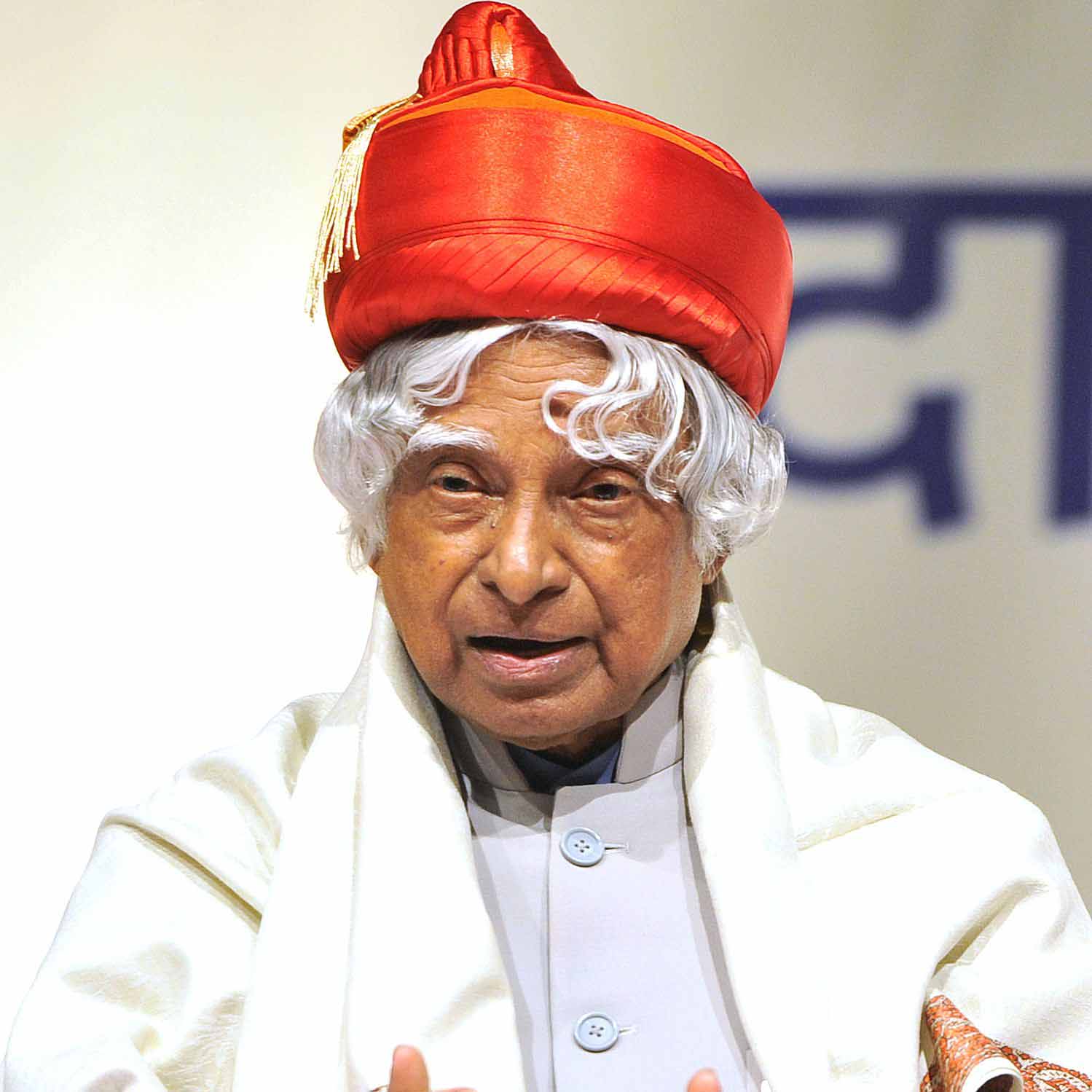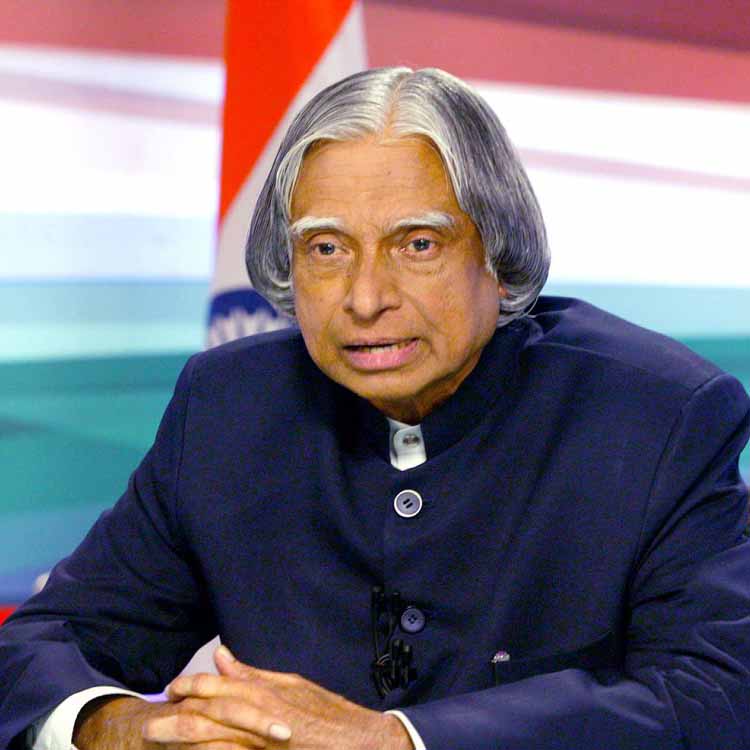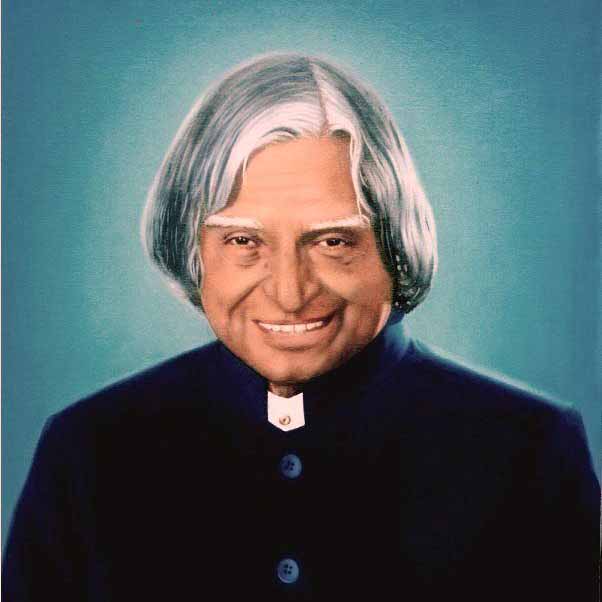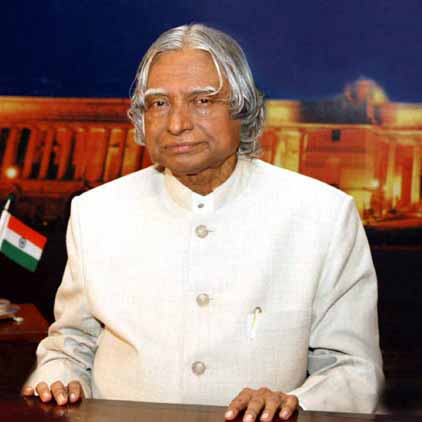Former President of India
A.P.J. Abdul Kalam was a prominent Indian scientist who served as the 11th President of India from 2002 to 2007. Renowned for his pivotal role in the nation’s civilian space programme and military missile development, he was known as the Missile Man of India. He made significant contributions to India's Pokhran-II nuclear tests in 1998 which established him as a national hero. An alumnus of the prestigious Madras Institute of Technology, Kalam began his career as a scientist at the Aeronautical Development Establishment of the Defence Research and Development Organization (DRDO). He was later transferred to the Indian Space Research Organisation (ISRO) where he served as the project director of India's first Satellite Launch Vehicle (SLV-III). He eventually rejoined DRDO and became closely involved in India’s space programme. he served as the Chief Scientific Adviser to the Prime Minister in the 1990s before becoming the President of India in 2002. Immensely popular during his term, he earned the moniker of People's President. He was honored with several awards including the Bharat Ratna, India's highest civilian honour, for his contribution to the nation’s space and nuclear programme.






